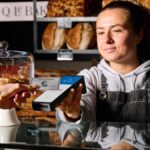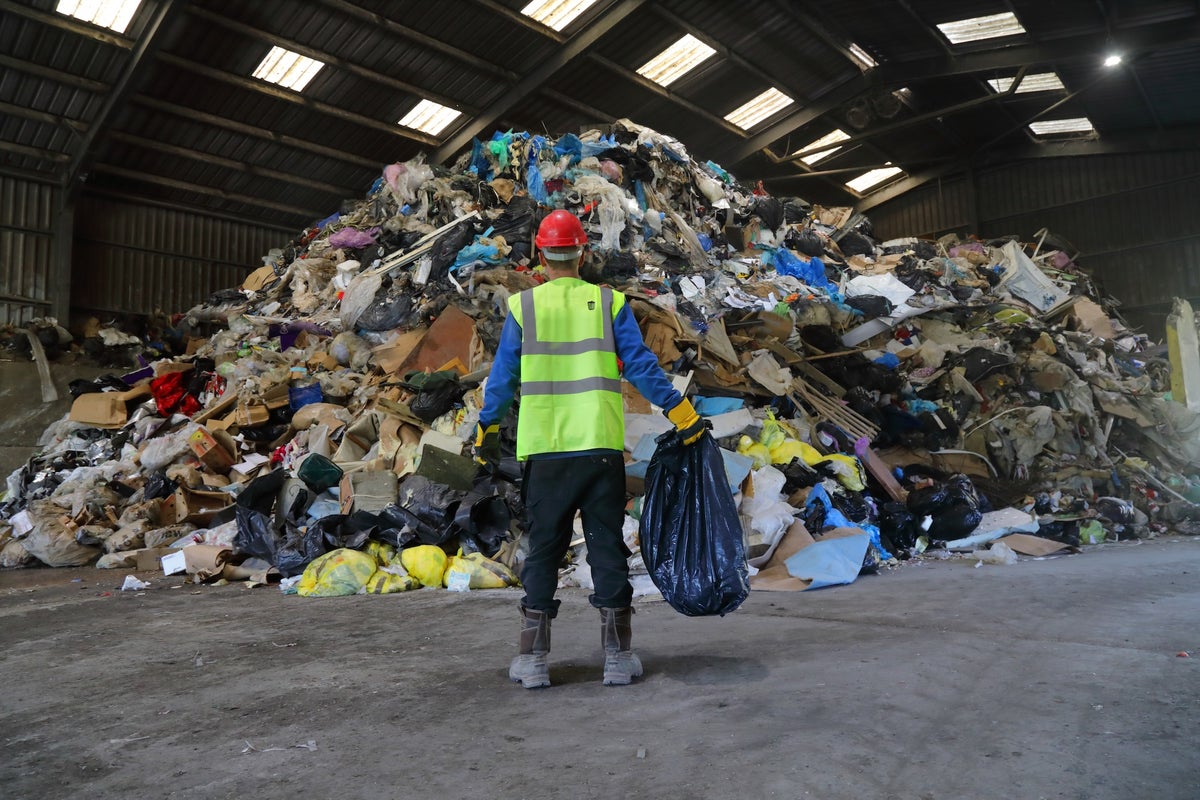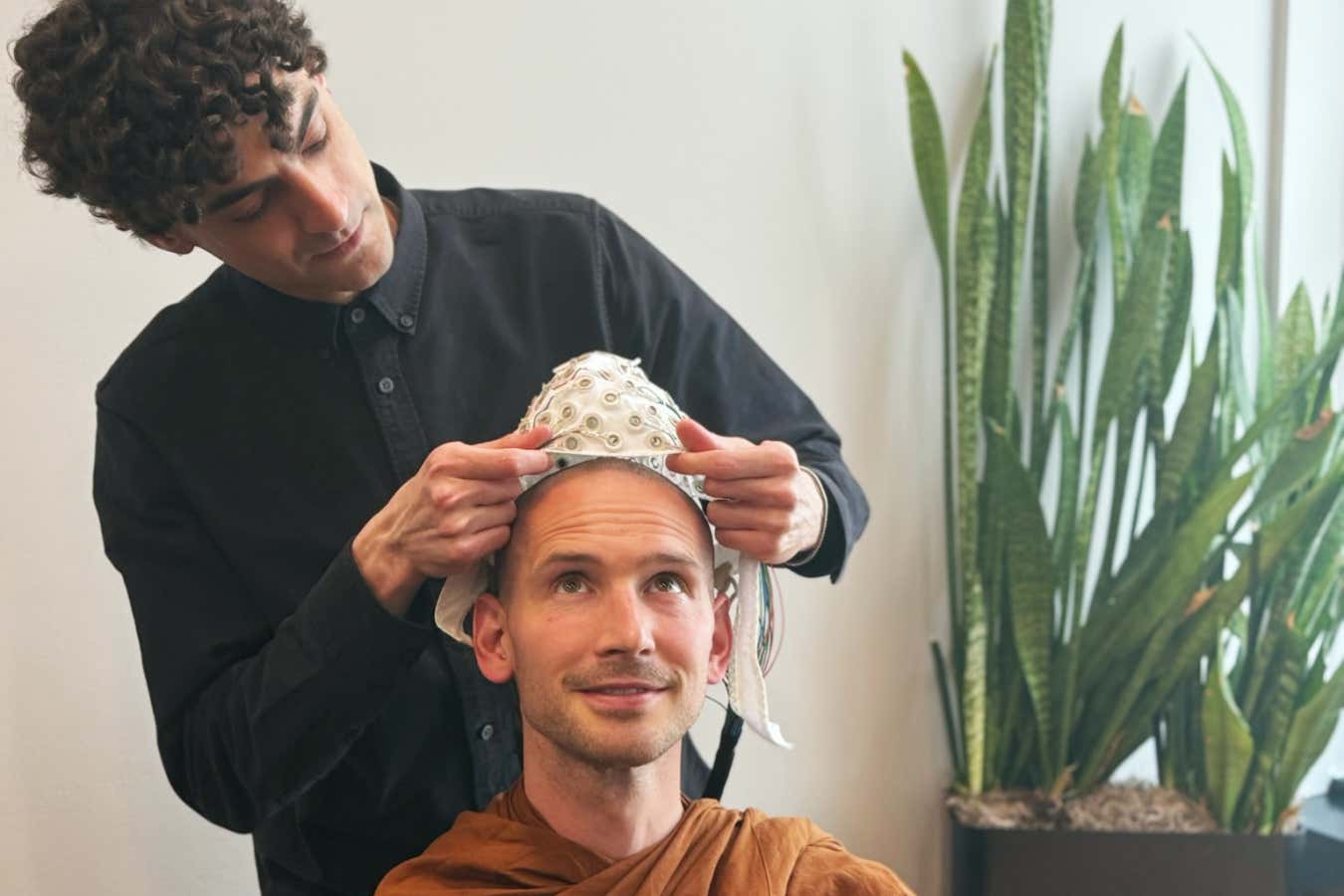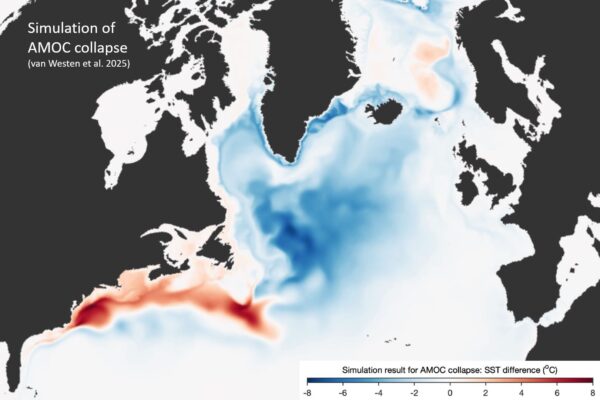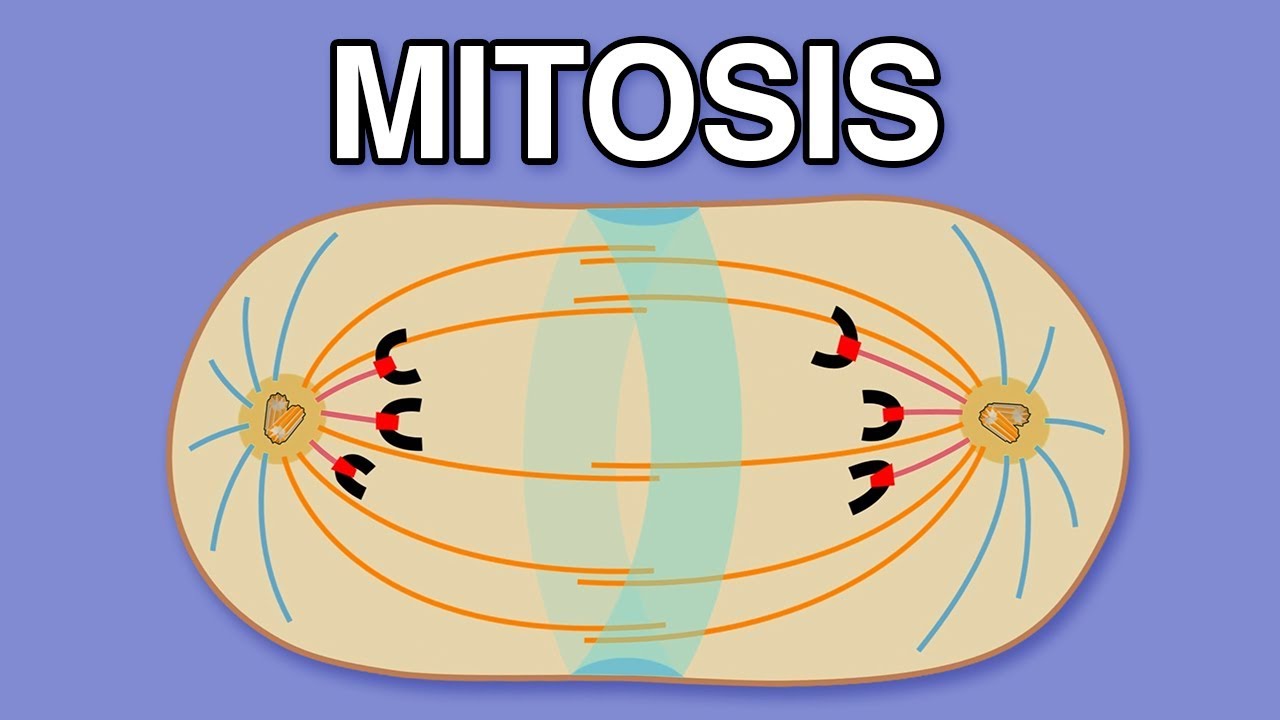The other day I finally left a very stressful impulse to submit two requests for subsidies to the European Innovation Council. The call in question is for Pathfinder_open projects, which aim at evidence of the principle of innovative technological innovations. So I thought about informing about that experience (no, I’m not new, but you never stop learning!), And reveal just a little about the ideas that one of the two projects brought.
Application subsidy
But first let me tell you a little about how the thing works. One of the ways in which scientific financing is distributed to researchers in most countries is through competitive proposals: a selection committee will choose the best and will be granted funds to carry out the research they proposed. In principle, this is a solid way to decide what to finance and what not, but over the years, many researchers have noticed how the correlation between the strength of a proposal, their robustness and scientific value, the potential for innovation, the effectiveness of the proposed methods and everything else among the possibilities of being financed with funds.
Why is it possible that a committee of true experts in the field cannot identify the strongest proposals? Well, one reason is that no committee can read 1000 proposals and classify them: there must be many different selection committees to absorb the material. For great calls such as the EC that I mentioned earlier, an referee can be involved in classifying only a handful (3 or 5, for example) of proposals for a call. And the response of these different committees can vary, regardless of how carefully they have been instructed to adhere to rigorous criteria. Then, in the end, when you take the proposals that the highest scores obtained, they are not necessarily the best.
Researchers in some cases are so frustrated by the apparent randomness of the selection process of these great calls, which have often suggested that the procedure is changed to one, instead of one more reason, driven by reason. A unbalanced first should reject the “really bad” proposals, which are obviously sub -par, with the aim of selecting perhaps 60% or 70% of the proposals that are good enough to receive an opportunity; And then, a random selection must determine the winners. This is perceived by some as a fairer procedure. But it also equals raising your hands …
It is also a fact that today all proposals are much better written than they used to be, due to chatgpt and similar models, which can provide much more than the verification of grammar and syntax. They can verify the facts, they can propose a reorganization of the text, they can detect redundancy and incoherence, and suggest ways to mark all boxes of the requirements that their text must meet. So, if you are an arbitrator, it is possible that it is very difficult to classify the proposals, since they all look good. But perhaps this is a good evolution, coming to think about it: since the referees can really concentrate on the scientific value of the ideas per se, instead of having to play the game of detecting deficiencies that have more to do with imperfect writing abilities or other irrelevant aspects.
Innovation, innovation
The call to which I sent my projects is called Pathfinder for one reason: the objective of financing projects that can begin a research address that leads to innovations that produce social benefits at the end. The appropriate projects for this financing line must be those that are in a low “level of technological preparation”, namely, one to four. The scale, developed by NASA in the 1970s, goes from 1 to 9, where 1 is the idea, and 9 is the generic use of the final products that use the technology developed from the initial idea (this is my own turn, for a more formal definition that is less specific for the type of environment we are discussing here, see. Wikipedia). For Pathfinder, projects must point to TRL 1 to 4, that is, reach a proof level of principle, and perhaps a first attempt to create a prototype of some new technology. A protester, so to speak.
But what does my research have to do with the creation of new products? Well, yes, work in fundamental sciences, and there, as you know, we are not really worried about the applications of what we study. We want to discover how the world works, and this means everything and nothing in this context. If, for example, we discover a new particle, there is absolutely no way that we can exploit that new information to create a technology that works in operation. But expect, sometimes, that is the case. If we discover that the new particle carries a new force of nature, we could find ways to exploit it in some way. Basically we have zero idea of what we are going to find.
The classic example of this is Roentgen and its X -rays: I really did not know what he was doing when he experimented with vacuum tubes and electric currents, but when he saw that within the void there was a spread of some type of rays generated by accelerated electric currents, and that those rays were highly penetrating through matter, I could use them to imagine how the bones fractured in the limbs of the patients, which helped them solve them highly But there are a lot of other spin -Offs that derive from the physicists of the discoveries made when studying nature for the sake.
And then there is the side of the technological developments of things. To do our experiments, they lead us to push the technology to the limit, since measuring subnuclear particles is not such an easy feat. This technology can be used for applications that are useful for society. The simplest example? Protones computed tomography is a technique that allows doctors to scan the interior of the body of patients with protons of an accelerator, and then irradiate areas that must be burned, as tumors, with the same beam.
Electronic modes:
Extreme -to -end automatic learning optimization of experiments and systems
Therefore, it is completely natural that a physicist of particles thinks on the side of the innovations of things, and reflect on how the European Community may be interested in your research. In my case, I have presented a project as a coordinator, and I participated in a presentation to another project like PI of an institution involved. Projects of this type are, in fact, “multi -senity”: we take advantage of the set of different skills of scientists in different universities, research centers or industries, and we propose collaborative research that involves everyone’s participation. The approach also focuses a lot on interdisciplinarity: the more a proposed research topic can exploit various competitions, the better.
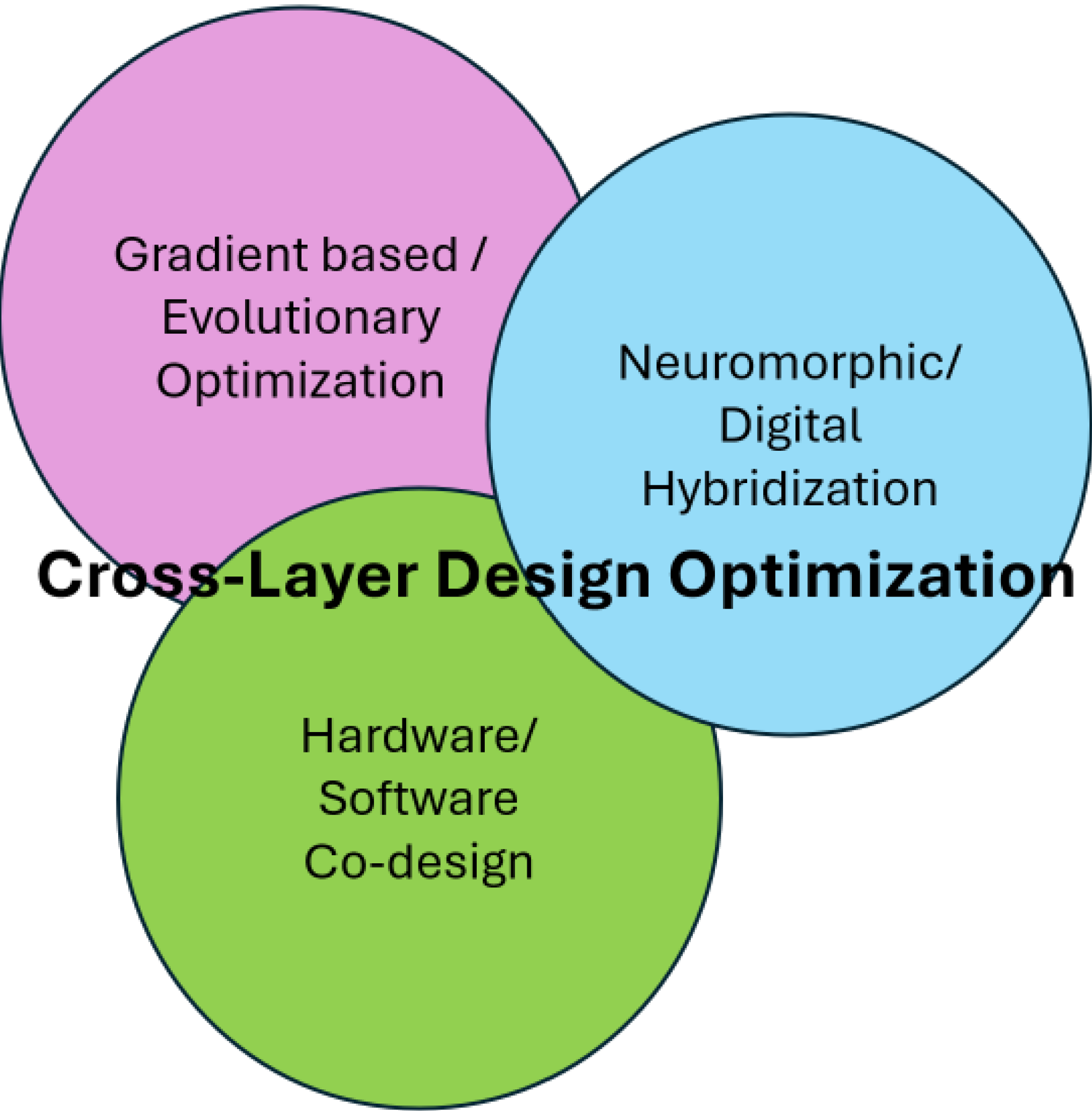 The project that I am coordinating is called electronic modes, and is derived from the activities that I have started five years ago when trying to demonstrate how AI can produce a second revolution in fundamental science, allowing us to make a hardware and software design of our experiments. Codiseño’s design means that he at the same time designs the instruments that collect your data and the software that extracts information from that data. When optimizing the parameters of both systems, you can achieve alignment towards greater performance, something that separate optimization cannot do. But the codiseño is extremely hard, especially in particle detectors that include thousands, if not tens of thousands of construction options, materials, geometries. And the part of the software is not easier, since it must adapt perfectly to the type of data obtained from the physical process of interest.
The project that I am coordinating is called electronic modes, and is derived from the activities that I have started five years ago when trying to demonstrate how AI can produce a second revolution in fundamental science, allowing us to make a hardware and software design of our experiments. Codiseño’s design means that he at the same time designs the instruments that collect your data and the software that extracts information from that data. When optimizing the parameters of both systems, you can achieve alignment towards greater performance, something that separate optimization cannot do. But the codiseño is extremely hard, especially in particle detectors that include thousands, if not tens of thousands of construction options, materials, geometries. And the part of the software is not easier, since it must adapt perfectly to the type of data obtained from the physical process of interest.
Electronic modes want to demonstrate how to achieve a co-deignation design through hybrid (digital and neuromorphic) and hybrid optimization techniques (based on gradients and evolutionary). Our goal is to demonstrate technology in some interesting applications in which end -to -end optimization can generate great profits (hadrons therapy, muography and innovative calorimetry), as well as develop general software that can be easily customizable for arbitrary tasks. It is a really ambitious project, and if they are financed we will be very busy over the next four years, but it would be a fantastic trip. Electronic modes include 11 nodes of European universities in Italy, Spain, Sweden, Germany, Belgium and the Netherlands, as well as two industries.
We will know if CE referees like electronic modes in approximately four to five months. Meanwhile, of course, I am still going to work in the same direction, without funds, but, of course, a lot of willpower!
In CE financing calls as I participated, for example, success
#innovative #proposal #Science




